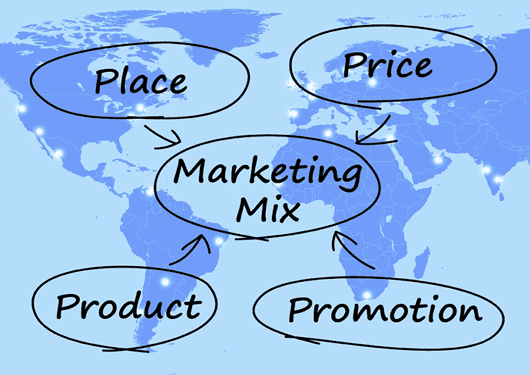
Greater Potential of Product Lifecycle Management
This means that uptake of PLM processes has been limited and many enterprises are therefore not reaping the benefits that they can deliver.
However PLM is starting to find its way onto the executive agenda, as its ability to satisfy important health, safety or product stewardship issues is being noticed. Indeed, any solution that reduces organizational stress and improves compliance is welcome. Yet as PLM becomes more popular, it's important that businesses apply it correctly to see tangible benefits. Applying technology to PLM processes can have a major positive impact, but only if it has a business process focus; successful PLM projects place processes before technology. Companies that focus too much on software can easily lose sight of the bigger picture and fail to achieve the successes that PLM can bring.
As product development has been the mainstay of R&D and engineering, these departments are often the ones that own the relevant technologies that support the process, such as mechanical computer aided design (mCAD), product data management (PDM) and visualization tools. By elevating product development to PLM it becomes an enterprise-wide function, one which can deliver benefits across the entire business rather than limiting them to certain areas.
